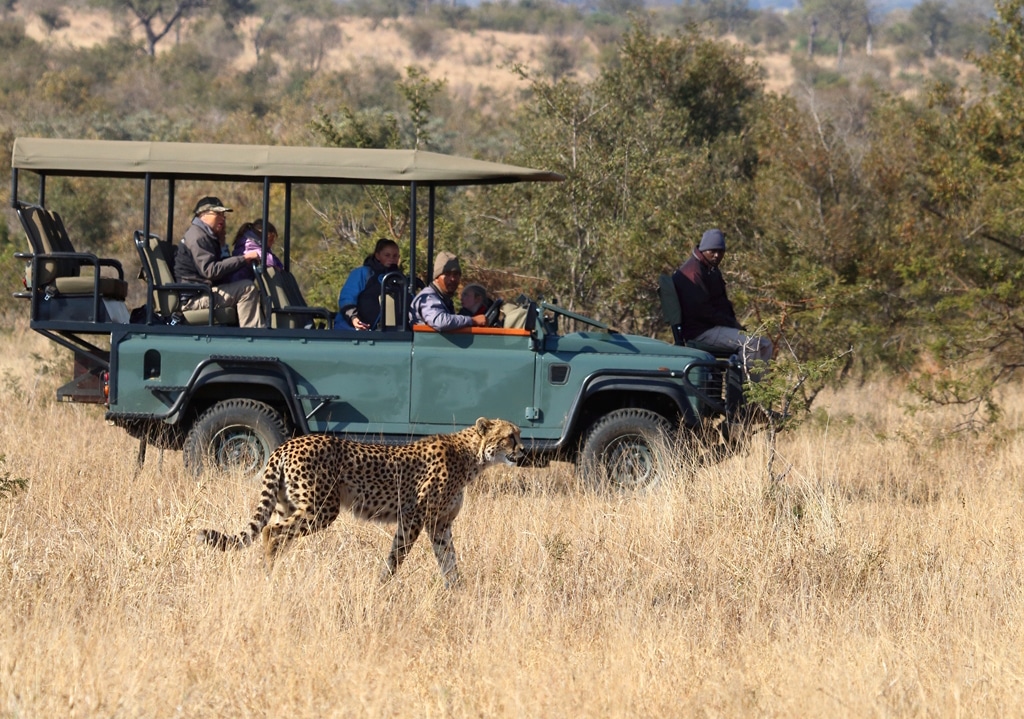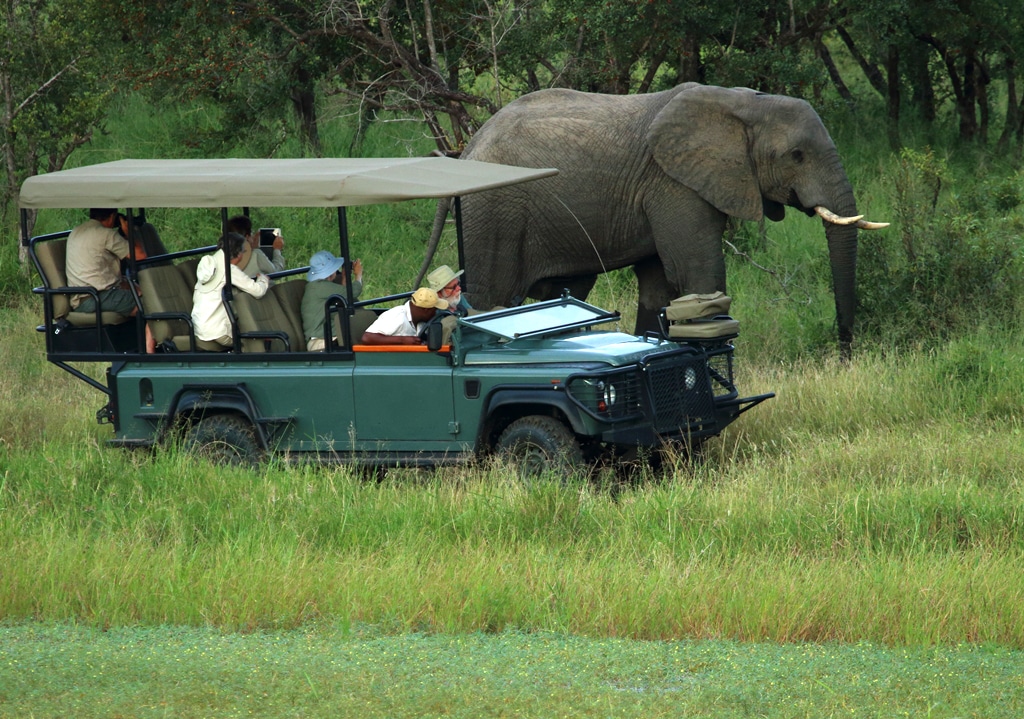There’s been a lot of speculation on if and when we’d see firmware updates for the X-T1, X100T, and, to a lesser degree, the X-E2(S) that would include Fuji’s latest Film Simulation Mode, “ACROS.” Currently, ACROS is exclusive to the X-Pro2. I heard suggestions on Twitter that this wouldn't happen because the new film simulation requires the X-Processor Pro, which is also exclusive to the X-Pro2. This didn’t sit right with me on its own. I couldn’t imagine a black and white conversion along with a new tone curve requiring that much more computational effort. We already have “Monochrome” and can tweak its tone curve via Shadow and Highlight Tone, so I figured we’d see ACROS in a future update, or there had to be more to it.
Well, Fuji has all but closed the door on ACROS coming to any other currently available camera, and has offered pretty strong hits as to why. It does have a lot to do with the X-Processor Pro, but there is more to it.
The image design of “ACROS” is only achievable with the resolution of X-Trans CMOS III and the processing power of X-Processor Pro.
The fine detail that ACROS achieves is only possible with the resolution power of 24MP. And the complex grain effect is only possible with the powerful X-Processor Pro engine.
So the processor is part of it, yes, but the sensor’s resolution also plays a role. Here’s what I think the important bits are:
To be specific, ACROS mode has a completely different noise reduction algorithm from other modes.
Fuji puts a ton of effort into their noise reduction algorithms, but to date, there hasn’t been any adjustment to noise reduction based on the photographer’s selected Film Simulation Mode that I’m aware of. A setting of -1 Noise Reduction at ISO 3200 behaves the same on Velvia as it does on Monochrome. Not so on ACROS.
ACROS also changes the output of graininess depending on the sensitivity setting. As the sensitivity gets higher, stronger grain effect becomes visible, just like the film
This on-the-fly grain effect does sound to me like it could require a beefier CPU in order to maintain performance that is equal to when other Film Simulation Modes are used. I would be interested to know for certain if the grain output of “Grain Effect” is also adjusted based on ISO. In addition, does “Grain Effect” stack with the grain rendering in ACROS? Sounds like I have some testing to do.
It may be possible that the same concept can be achieved without the two new devices, but can we say that to be “ACROS”? The answer is “No.” We would not release a quality that does not meet our standard.
This is the bottom line for me. Would you prefer Fuji compromise image quality, even slightly, or keep a Film Simulation Mode exclusive in favour of what they believe is optimal image quality? One of Fuji’s claims to fame is decades of film and colour experience, and it’s also one of the reasons many of us choose Fuji cameras, superior JPEG output. ACROS is a step in the direction of premium, compact photographic tools that deliver uncompromising image quality straight out of camera. Whether or not they’ve delivered on that is subjective, but I think so.
Could there be some marketing shenanigans afoot that keep ACROS exclusive? Perhaps. I would guess it’s as much, if not more a business decision vs. strictly marketing. With enough time and money, a 16MP version of ACROS is almost certainly possible. But the technical explanation behind why ACROS won’t be arriving on EXR Processor II cameras does satisfy me now.
















